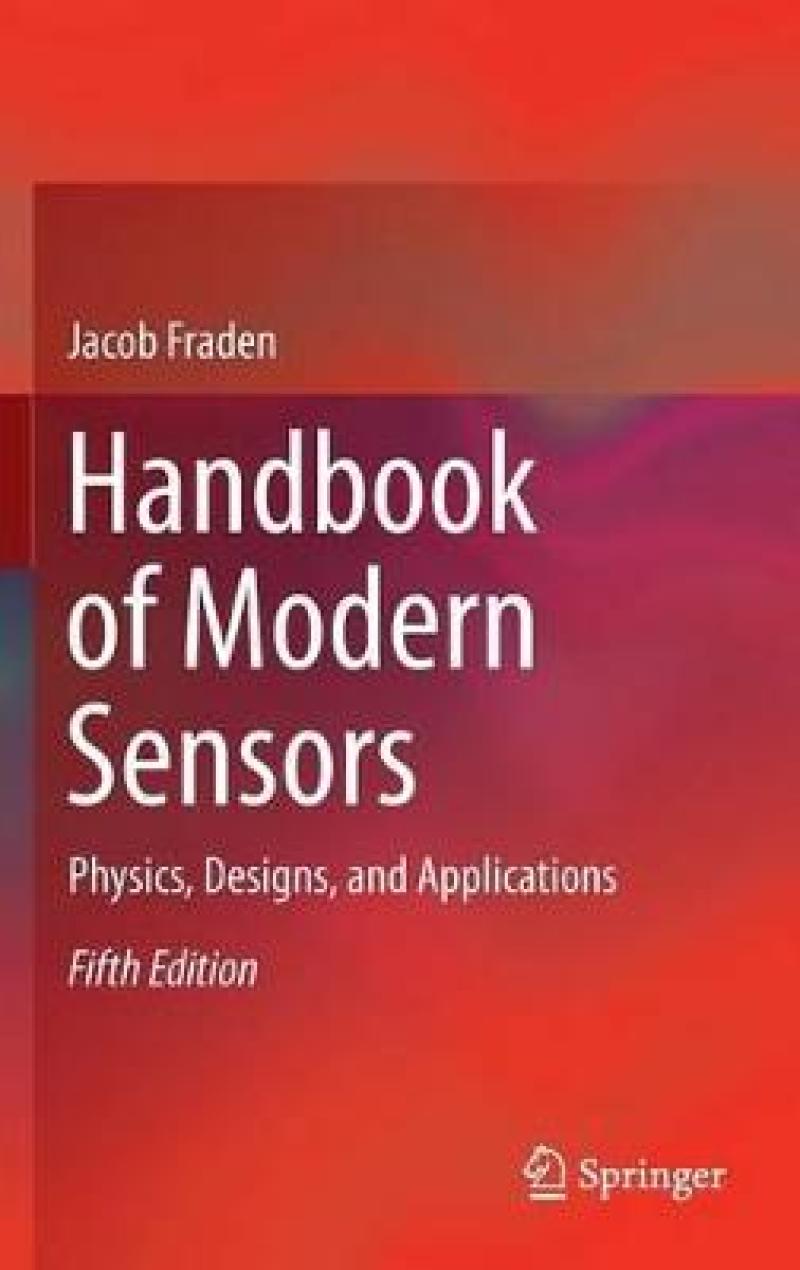This book presents a comprehensive and up-to-date account of the theory (physical principles), design, and practical implementations of various sensors for scientific, industrial, and consumer applications. This latest edition focuses on the sensing technologies driven by the expanding use of sensors in mobile devices. These new miniature sensors will be described, with an emphasis on smart sensors which have embedded processing systems. The chapter on chemical sensors has also been expanded to present the latest developments.Digital systems, however complex and intelligent they may be, must receive information from the outside world that is generally analog and not electrical. Sensors are interface devices between various physical values and the electronic circuits that "understand" only a language of moving electrical charges. In other words, sensors are the eyes, ears, and noses of silicon chips.Unlike other books on sensors, the Handbook of Modern Sensors is organized according to the measured variables (temperature, pressure, position, etc.). This book is a reference text for students, researchers interested in modern instrumentation (applied physicists and engineers), sensor designers, application engineers and technicians whose job it is to understand, select and/or design sensors for practical systems.
Les mer
This book presents a comprehensive and up-to-date account of the theory (physical principles), design, and practical implementations of various sensors for scientific, industrial, and consumer applications.
Les mer
Data Acquisition.- Transfer Functions.- Sensor Characteristics.- Physical Principles of Sensing.- Optical Components of Sensors.- Interface Electronic Circuits.- Detectors of Humans.- Presence, Displacement and Level.- Velocity and Acceleration.- Force and Strain.- Pressure Sensors.- Flow Sensors.- Microphones.- Humidity and Moisture Sensors.- Light Detectors.- Detectors of Ionizing Radiation.- Temperature Sensors.- Chemical and Biological Sensors.- Materials and Technologies.- Appendix.- Index.
Les mer
Selected by Choice magazine as an "Outstanding Academic Title" for 2016“Each class of sensors is individually addressed in detail from its basics to modern usage. Besides the physics behind the operation of the sensors, sensor applications and limitations are explained well. … This clearly written work would be an excellent resource for most technical readers who want to understand, use, and design with sensors. Summing Up: Highly recommended. Upper-division undergraduates through professionals/practitioners; two-year technical program students.” (M. Mehrubeoglu, Choice, Vol. 53 (10), June, 2016)“This book appeared at a time of increasing need for sensor handbooks and is therefore a good choice for students as well as engineers. It presents an overview giving a comprehensive and up-to-date physical principles, design, and practical implementations of various sensors for scientific, industrial, and consumer applications. … Owing to the amount of content, this is still aworthwhile handbook, which would be interesting for a lot of readers coming from different scientific disciplines.” (Gerald Urban, Analytical and Bioanalytical Chemistry, May, 2016)
Les mer
Covers nearly all imaginable types of sensors Previous editions widely used as a textbook and as a reference work in industry Clear and engaging explanations of sensor design and operation
Produktdetaljer
ISBN
9783319193021
Publisert
2015-10-27
Utgave
5. utgave
Utgiver
Vendor
Springer International Publishing AG
Høyde
235 mm
Bredde
155 mm
Aldersnivå
Research, P, 06
Språk
Product language
Engelsk
Format
Product format
Innbundet
Forfatter
